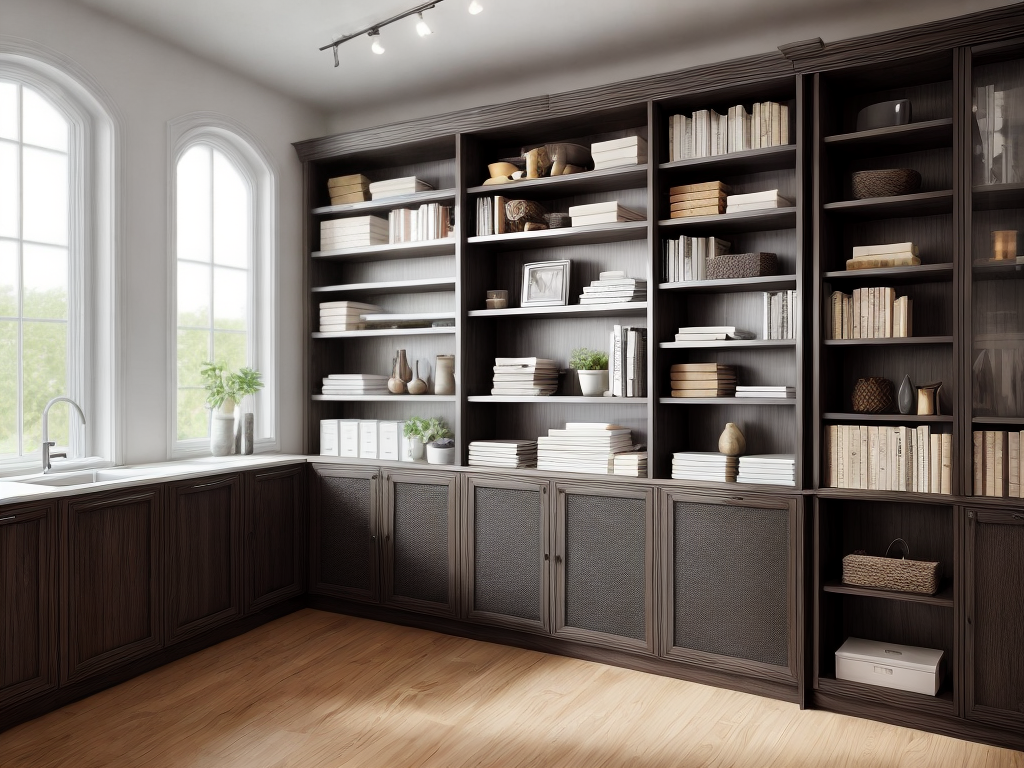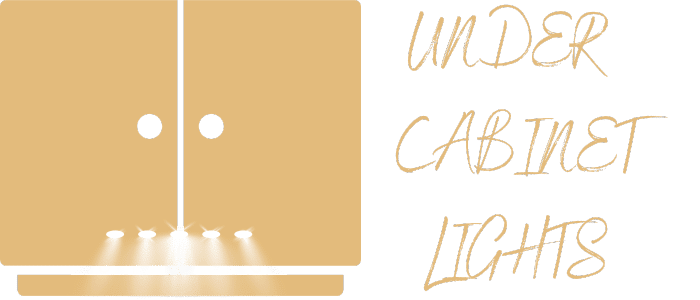
Hey there! Welcome to “The Ultimate Guide to Maintaining Your Custom Shelving.” We all know how important it is to keep our spaces organized and looking their best, right? Well, let’s face it, sometimes our shelves can use a little TLC to stay in tip-top shape. In this guide, I’m going to walk you through some simple yet effective strategies for keeping your custom shelving looking brand new. From choosing the right cleaning products to preventing clutter and protecting against moisture, we’ve got you covered. So, let’s dive in and make your shelves the envy of all your friends. Ready to join the club of well-maintained shelving? Let’s get started!
Choosing the Right Cleaning Products
One of the most important steps in maintaining my custom shelving is choosing the right cleaning products. As someone who values eco-friendly options, I make sure to select cleaning products that are gentle on the environment. This not only helps me contribute to a healthier planet, but it also ensures the longevity of my custom shelving. When it comes to recommended cleaning tools, I rely on microfiber cloths and soft-bristle brushes. These tools are gentle yet effective in removing dust and dirt from the shelves without causing any damage. Additionally, I always check the labels of cleaning products to make sure they are safe for use on the materials of my custom shelving. By choosing eco-friendly options and using recommended cleaning tools, I can keep my custom shelving looking impeccable for years to come.
Regular Dusting and Wiping
When it comes to maintaining custom shelving, regular dusting and wiping are essential. Proper cleaning techniques are key to keeping your shelves in pristine condition and preventing dust build-up. In this section, we will explore the best practices for dusting and wiping your custom shelving to ensure its longevity and aesthetics.
Proper Cleaning Techniques
To keep my custom shelving looking its best, I regularly dust and wipe it using proper cleaning techniques. Having a cleaning schedule helps me stay on top of the maintenance and ensures that my shelves are always organized and presentable. I find it helpful to dust my shelves at least once a week to remove any accumulated dirt or debris. I use a soft microfiber cloth to gently wipe the surfaces, making sure to reach all the nooks and crannies. When wiping, I always start from the top and work my way down to prevent dust from settling on lower shelves. By following these simple organizing tips and incorporating regular dusting and wiping into my cleaning routine, my custom shelving remains in pristine condition.
Preventing Dust Build-Up
Regular dusting and wiping are essential for preventing dust build-up on your custom shelving. To keep your shelves looking clean and inviting, it’s important to establish a regular cleaning routine. One effective way to minimize dust is by using air purifiers in the room where your shelves are located. These devices help filter out airborne particles, reducing the amount of dust that settles on your shelves. Additionally, using vacuum attachments can help remove dust from hard-to-reach corners and crevices. By incorporating these tools into your cleaning routine, you can maintain a dust-free environment for your custom shelving, ensuring that it remains a beautiful and functional part of your home.
Preventing Clutter and Overloading
In order to effectively prevent clutter and overloading, I always make sure to carefully assess and organize my custom shelving system. Here are some organizing tips and space-saving solutions that have helped me maintain a clutter-free space:
- Categorize: Sort items into different categories such as books, decor, and electronics. This makes it easier to find and access what you need.
- Utilize vertical space: Install additional shelves or hooks to maximize vertical storage. This helps free up floor space and keeps items within reach.
- Use containers: Utilize baskets, bins, or clear storage containers to corral smaller items and keep them organized. Labeling them makes everything easily identifiable.
- Regular decluttering: Set aside time regularly to declutter and remove any unnecessary or unused items. This prevents overcrowding and ensures your shelving system remains functional and efficient.
Protecting Against Moisture and Humidity
I always ensure that my custom shelving system is protected against moisture and humidity in order to maintain its functionality and longevity. Moisture and humidity can lead to mold growth, which not only damages the shelves but also poses health risks. To prevent such issues, I take several precautions. Firstly, I make sure to keep my shelving system away from areas prone to moisture, such as bathrooms or basements. Additionally, I use dehumidifiers in these spaces to control the humidity levels. This helps in reducing the chances of mold growth and preserving the quality of my shelves. By taking these simple steps, I can ensure that my custom shelving system remains in excellent condition for years to come.
| Preventing Moisture and Humidity |
| — | — | — |
| Step 1 | Keep shelving system away from moisture-prone areas such as bathrooms or basements. |
| Step 2 | Use dehumidifiers in these spaces to control humidity levels. |
| Step 3 | Regularly check for any signs of moisture or condensation and address them immediately. |
| Step 4 | Ensure proper ventilation in the room where the shelving system is located. |
Repairing Damaged or Loose Shelves
To fix damaged or loose shelves in my custom shelving system, I rely on a combination of sturdy brackets and screws. Here’s how I go about repairing them:
- Inspect the shelves: I carefully examine each shelf for any signs of damage, such as cracked surfaces or broken brackets.
- Remove the damaged shelf: If a shelf is beyond repair, I remove it from the system using a screwdriver or drill.
- Replace broken brackets: I replace any broken brackets with new ones, ensuring they are the correct size and type for my shelves.
- Repair cracked surfaces: For shelves with cracked surfaces, I use wood filler or epoxy to fill in the cracks, sanding it down until smooth.
Preserving the Finish and Appearance
When it comes to preserving the finish and appearance of your custom shelving, there are a few key points to keep in mind. First, using proper cleaning techniques is essential to maintain the integrity of the finish. Secondly, taking preventive measures to minimize wear and tear, such as using coasters or felt pads, can significantly extend the lifespan of your shelving. By following these points, you can ensure that your custom shelving stays looking its best for years to come.
Proper Cleaning Techniques
Regular dusting is essential for preserving the finish and appearance of your custom shelving. However, there are times when a deeper cleaning is necessary to maintain its pristine condition. Here are some proper cleaning techniques to consider:
- Use a soft microfiber cloth or a feather duster to gently remove dust and debris from the surface of your shelves.
- For tougher stains or spills, mix a mild detergent with warm water and carefully wipe the affected area with a soft cloth.
- Avoid using abrasive cleaners or harsh chemicals that can damage the finish of your custom shelving.
- Consider scheduling professional maintenance at least once a year to ensure your shelves remain in top condition.
Preventing Wear and Tear
To preserve the finish and appearance of your custom shelving, I take proactive steps to prevent wear and tear. One of the key ways to prevent scratches is by using felt pads or rubber bumpers on the bottom of items that will be placed on the shelves. These pads provide a protective barrier between the item and the shelf surface, reducing the risk of scratches. Additionally, I ensure that the shelves are properly installed and maintained to maintain stability. Regularly checking for loose screws or brackets and tightening them as needed can help prevent accidents and maintain the overall stability of the shelving system. By taking these preventive measures, you can keep your custom shelving looking great for years to come.
| Preventing Scratches | Maintaining Stability |
|---|---|
| Use felt pads or rubber bumpers on the bottom of items | Regularly check for loose screws or brackets |
| to prevent scratches. | and tighten them as needed. |
Conclusion
Maintaining your custom shelving is essential for its longevity and functionality. By choosing the right cleaning products, regularly dusting and wiping, preventing clutter and overloading, protecting against moisture and humidity, and repairing any damage, you can ensure that your shelves stay in top shape. Additionally, preserving the finish and appearance will keep your shelving looking beautiful and complementing your space. With these simple steps, you can enjoy your custom shelving for years to come.
